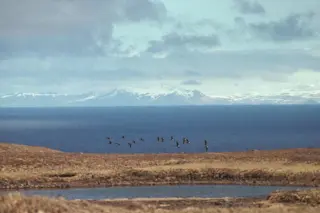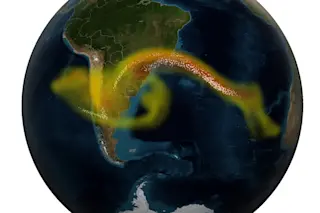One of the most common questions I get is whether a nuclear bomb could set off a volcano or trigger an earthquake. You might think that all that energy being released in the explosion would be perfect for getting faults or magma to move. So, would you believe that the United States set three nuclear bombs off in one of the most geologically active parts of the world … and nothing happened?
These days it is hard to imagine a world with nuclear testing. However, in the 1940s to 1990s, the US and USSR (amongst others) were setting off bombs like they were going out of style. In the air, on land, under the sea and eventually underground, these “experiments” were both means to develop even bigger weapons and displays of force. The consequences of many of these tests are still being felt thanks to the copious radioactive fallout produced.
...














